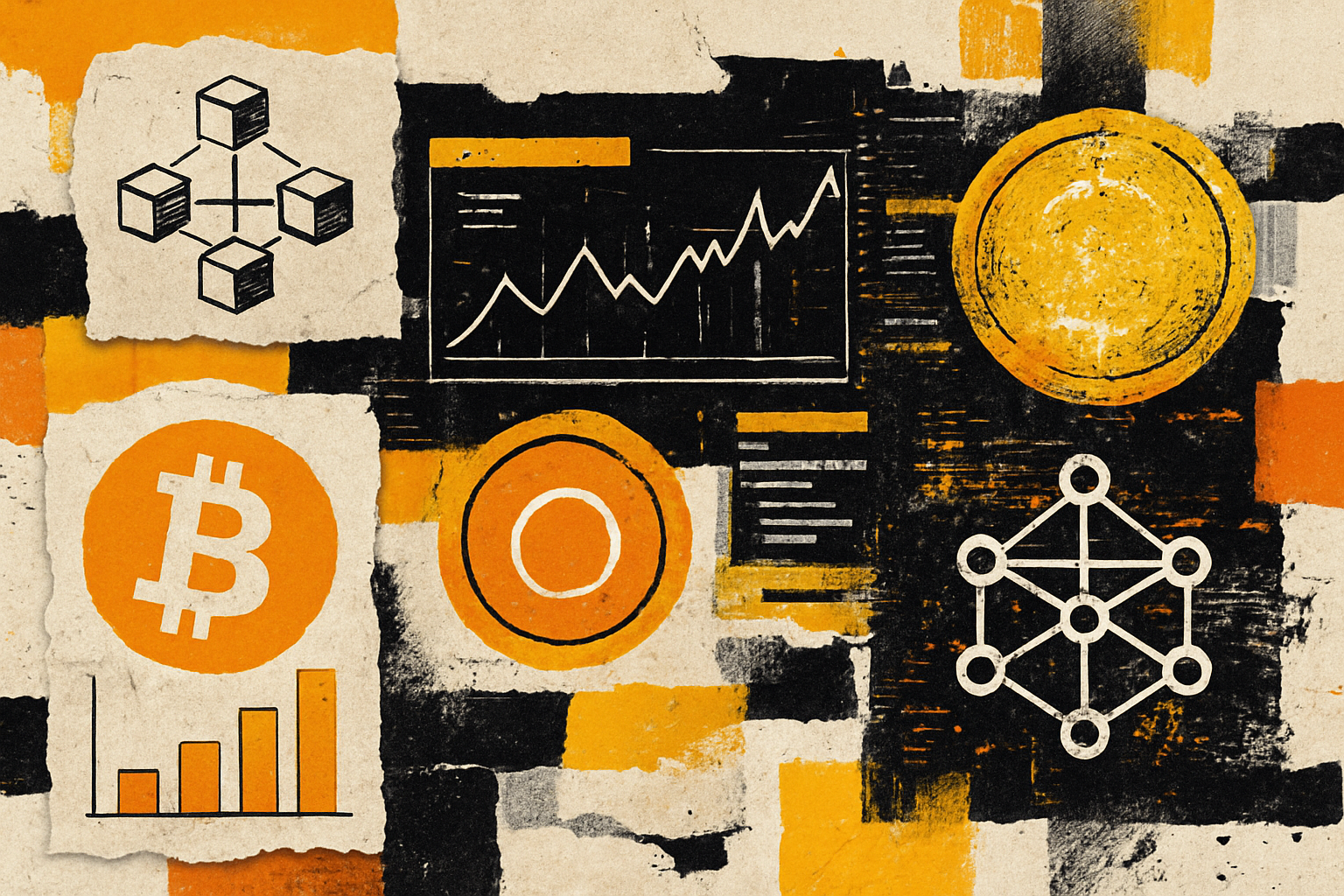How Blockchain Voting Pilots in Peru Could Transform Global Election Security

Peru is making global headlines as it pilots a blockchain-based voting system using the Syscoin platform, marking a bold experiment in digital democracy. With its 2026 presidential elections set as the proving ground, Peru is positioning itself at the forefront of election security innovation. The move is more than just a technological upgrade, it’s a real-world test of whether blockchain can deliver transparent, tamper-resistant voting at national scale.
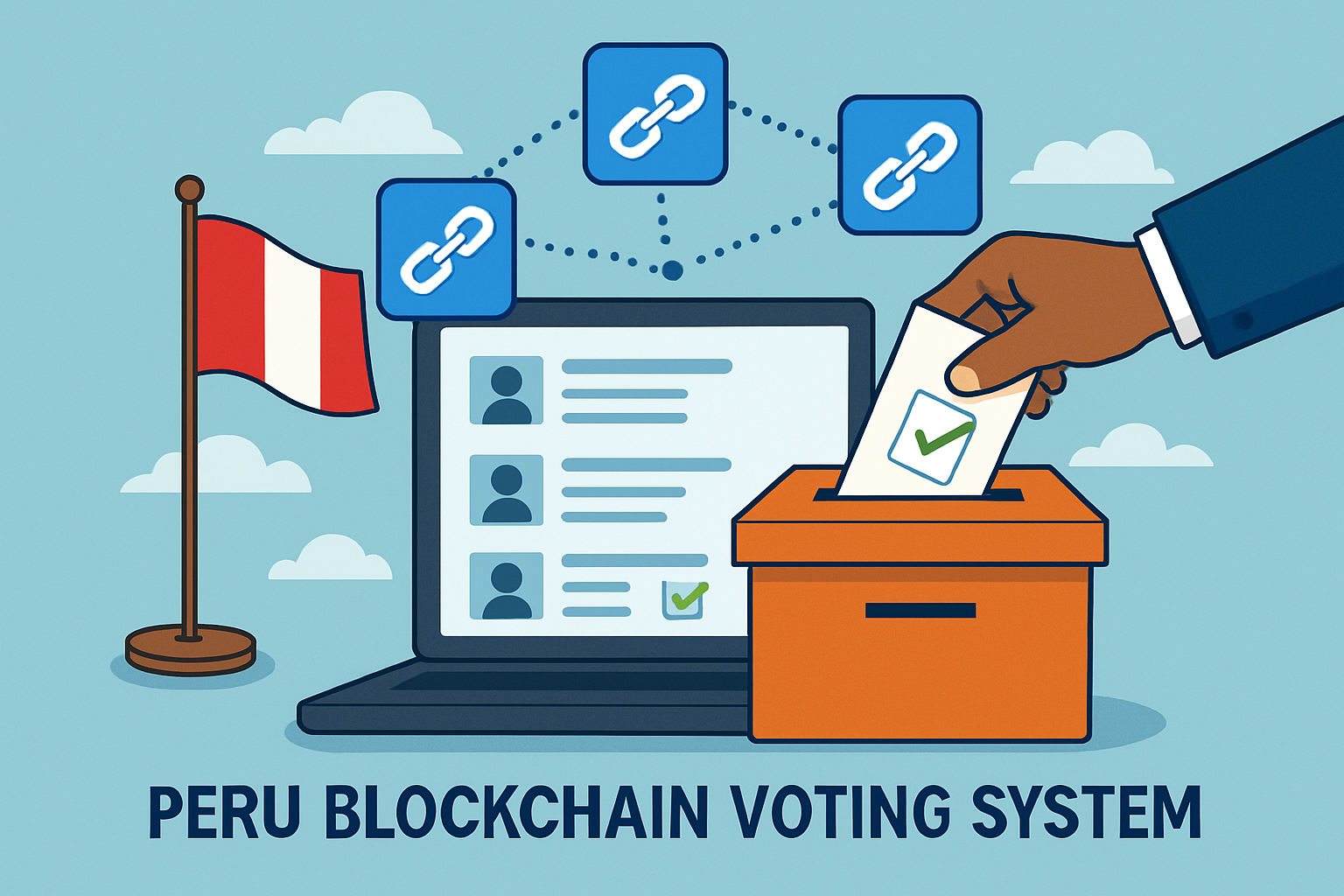
Why Peru’s Blockchain Voting Pilot Matters
In March 2025, Peru’s Congress passed Bill No. 9689, authorizing blockchain-enabled electronic voting for citizens living abroad. This isn’t just a technical tweak, it’s an answer to persistent problems: logistical hurdles for overseas voters, low turnout, and questions around vote integrity. By leveraging Syscoin’s blockchain infrastructure, Peru aims to provide end-to-end verifiability, making every ballot traceable and immutable without compromising voter privacy.
Blockchain-based voting systems offer several key advantages over traditional models:
Key Benefits of Blockchain Voting Platforms
-
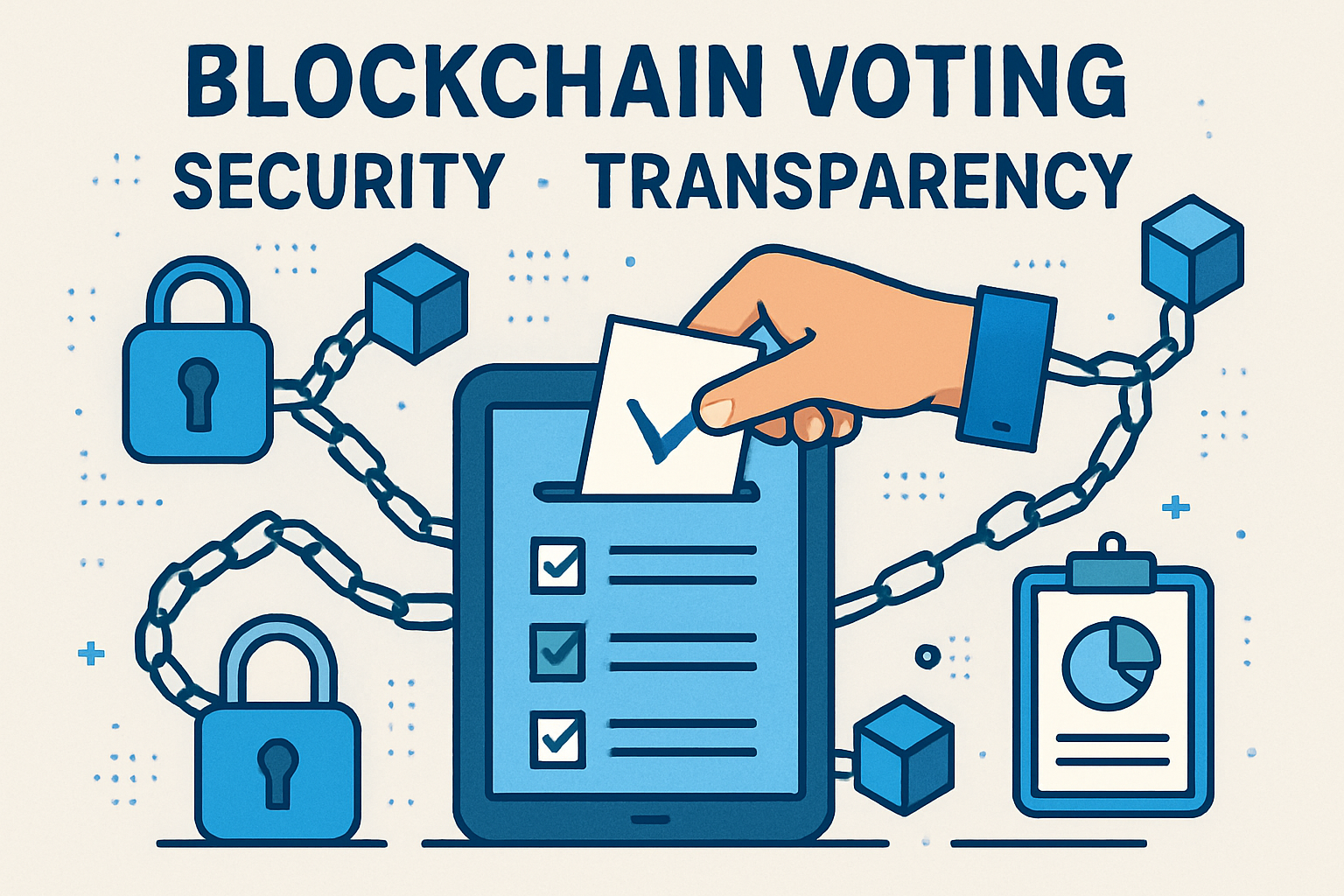
Enhanced Security and Transparency: Blockchain’s decentralized and immutable ledger ensures that once a vote is recorded, it cannot be altered or deleted, significantly reducing the risk of tampering. This transparency helps build trust in election results. (Blockchain Council)
-
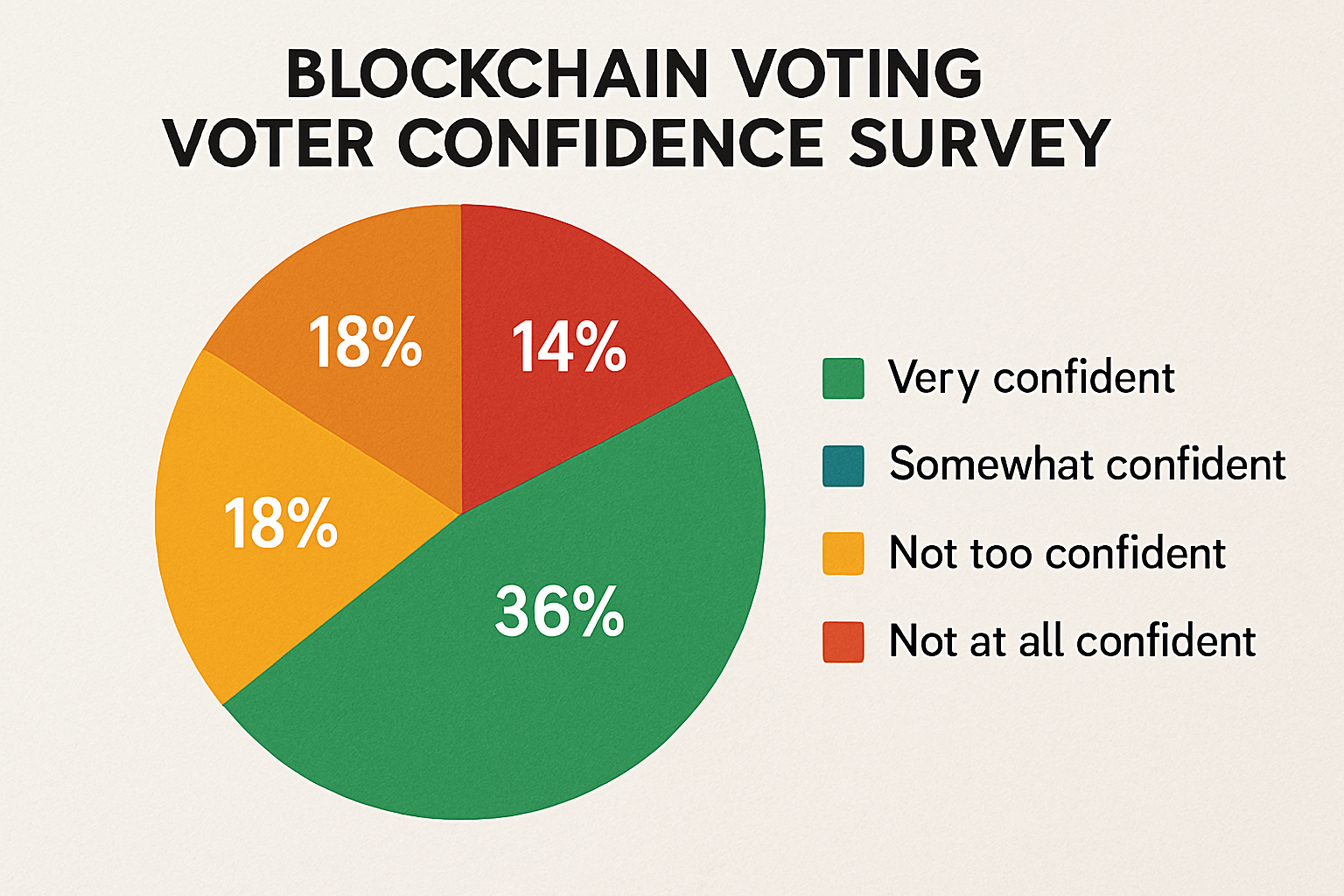
Increased Voter Confidence: A 2025 Gallup survey found that 78% of participants in blockchain voting pilots believed their ballots were securely and accurately counted, indicating higher trust in the electoral process. (Coinlaw.io)
-
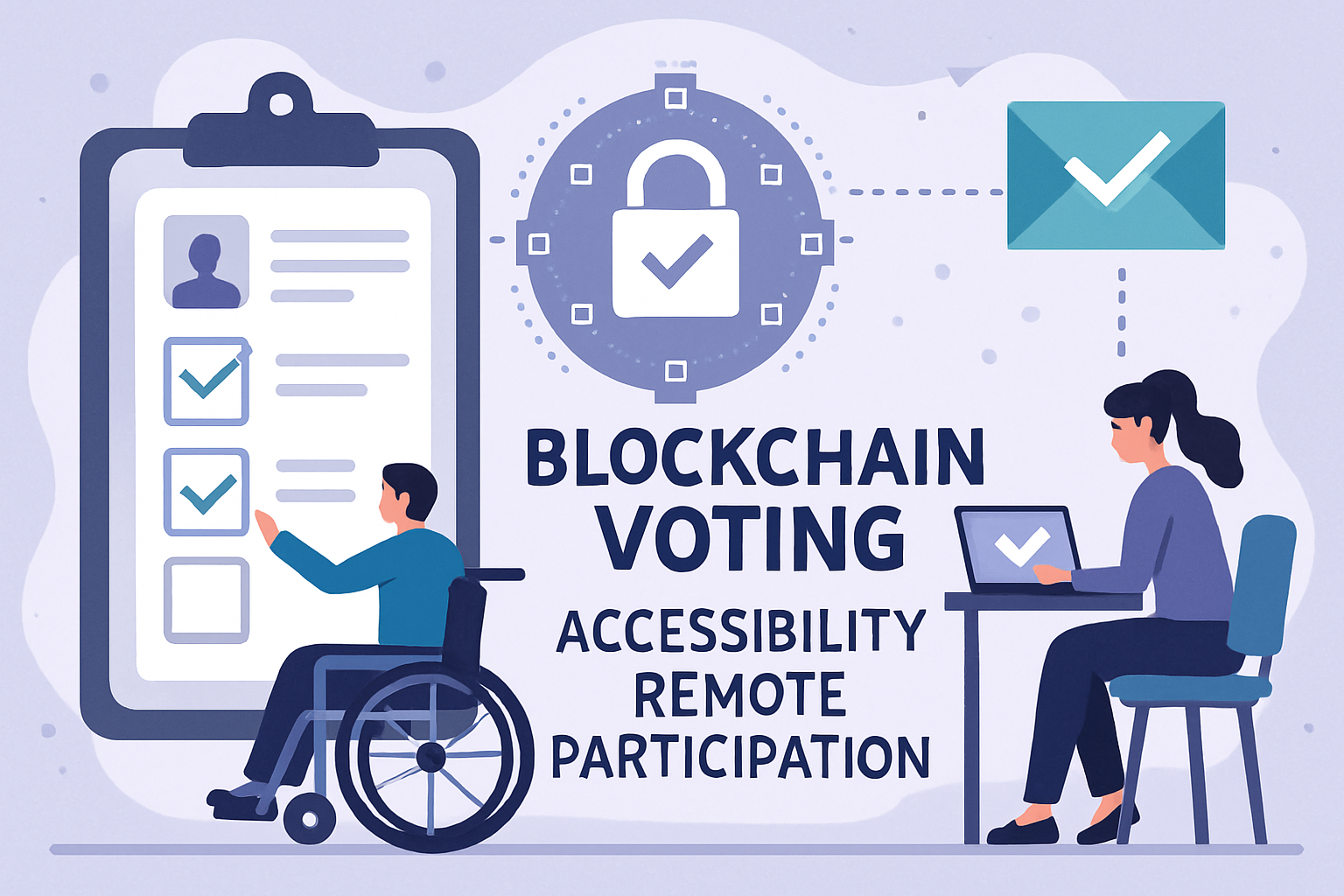
Improved Accessibility: Blockchain platforms enable remote voting via digital devices, making it easier for citizens abroad, those with disabilities, or others facing barriers to participate in elections. (Blockchain Council)
-
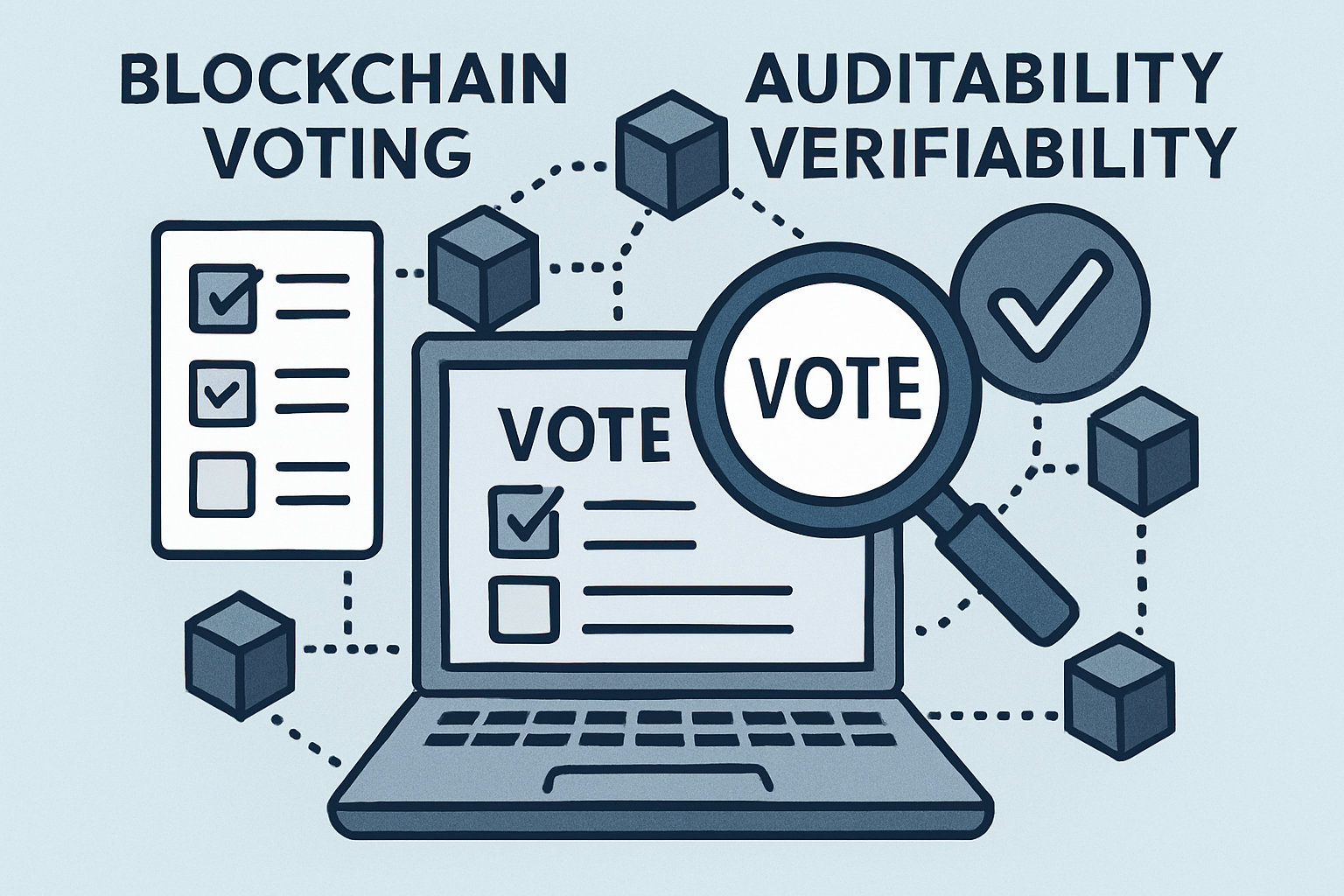
Auditability and Verifiability: Every vote cast on the blockchain is traceable and auditable, allowing independent verification of results without compromising voter privacy. This feature supports post-election audits and recounts. (MDPI)
-
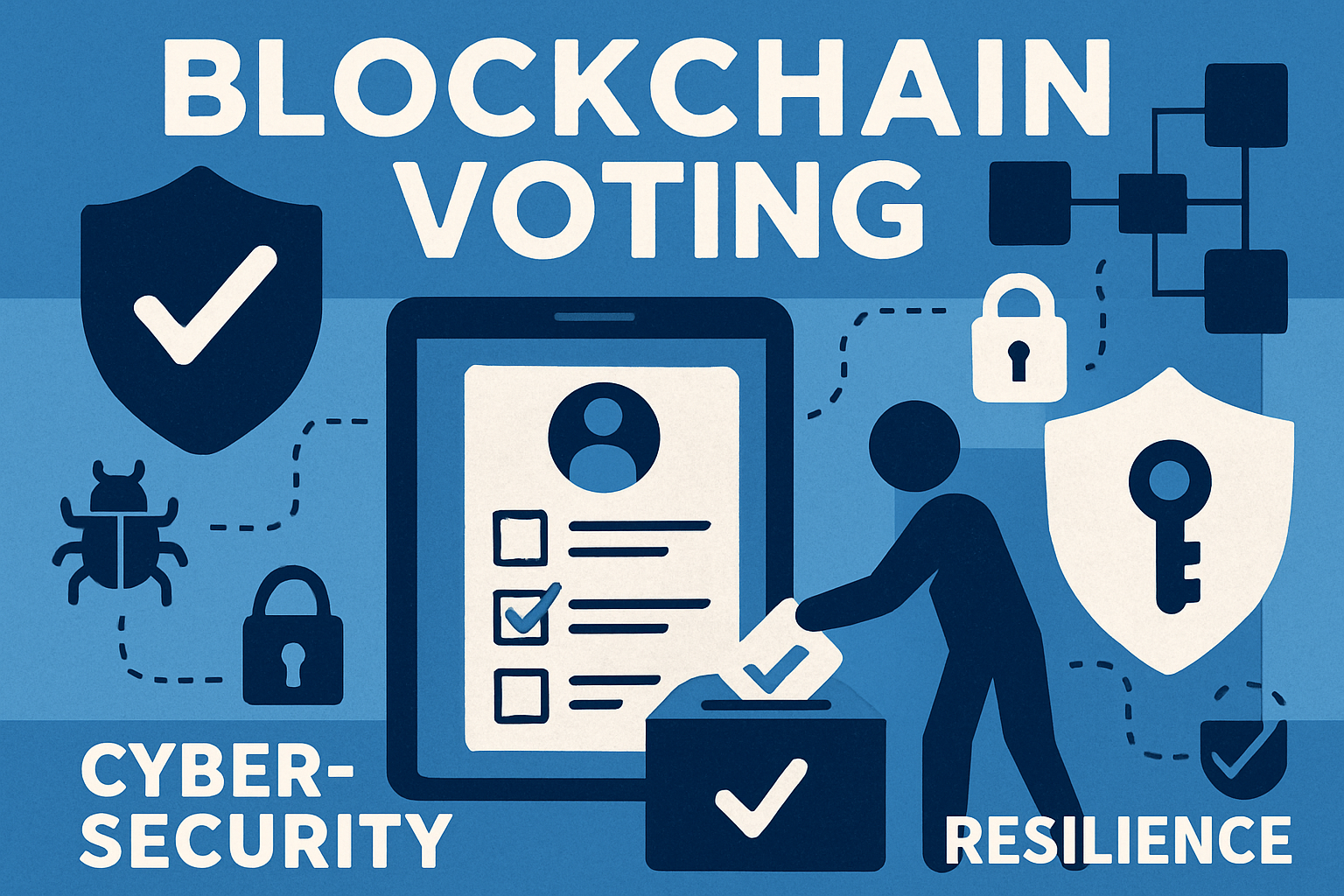
Resilience Against Centralized Attacks: The decentralized nature of blockchain reduces the risk of single points of failure or centralized manipulation, making election systems more robust against cyberattacks. (DroomDroom)
The Peruvian government isn’t acting on theory alone. According to a 2025 Gallup survey, 78% of participants in recent blockchain voting pilots felt their ballots were securely and accurately counted. This surge in voter confidence could be transformative for democracies struggling with declining trust and participation rates.
Syscoin’s Role: Building Trust with Open Ledgers
The technical backbone of Peru’s pilot is the Syscoin platform, a hybrid protocol that combines Bitcoin-level security with scalable smart contracts. This architecture supports zkSYS (sovereign zero-knowledge chains), allowing votes to be recorded transparently while safeguarding voter identities. Every transaction is time-stamped and auditable by independent observers or even ordinary citizens.
This level of transparency addresses one of the biggest pain points in modern elections: public skepticism about vote manipulation. By placing every vote on an open ledger that can’t be retroactively changed, Syscoin challenges the notion that election results can be quietly doctored behind closed doors.
Challenges and Criticisms: Not All Smooth Sailing
No new system comes without risk. Security experts warn that while blockchains are tamper-resistant by design, they are not immune to sophisticated cyberattacks or software vulnerabilities. There are also concerns about the complexity and scalability of decentralized governance, especially when applied to millions of voters across diverse regions and time zones.
Additionally, critics point out that digital voting can introduce new forms of disenfranchisement if citizens lack access to secure devices or reliable internet connections. These issues are central to ongoing debates about whether blockchain-based democracy can truly be inclusive, and whether the Peruvian model can be exported globally.
Despite these hurdles, the Peruvian blockchain voting pilot is being closely watched by technologists, policymakers, and election observers worldwide. Its success or failure could set a precedent for how other nations approach election modernization. The transparency and auditability provided by blockchain are particularly appealing for countries with histories of contested results or allegations of electoral fraud.
One of the most significant aspects of Peru’s approach is its focus on real-world usability. By targeting citizens abroad, often the most disenfranchised by traditional systems, Peru is stress-testing blockchain voting under challenging conditions. If the system proves reliable for overseas voters, it may pave the way for broader adoption at home and inspire similar initiatives in regions where election security is a persistent concern.
“The Peruvian pilot isn’t just a tech demo. It’s a live-fire test of whether digital voting can scale securely without losing the trust of the people who matter most: the voters themselves. “
What the World Can Learn from Peru
The implications of Peru’s blockchain voting pilot extend far beyond its borders. For governments evaluating digital voting, the lessons from Peru will be invaluable:
Key Lessons from Peru’s Blockchain Voting Pilot
-
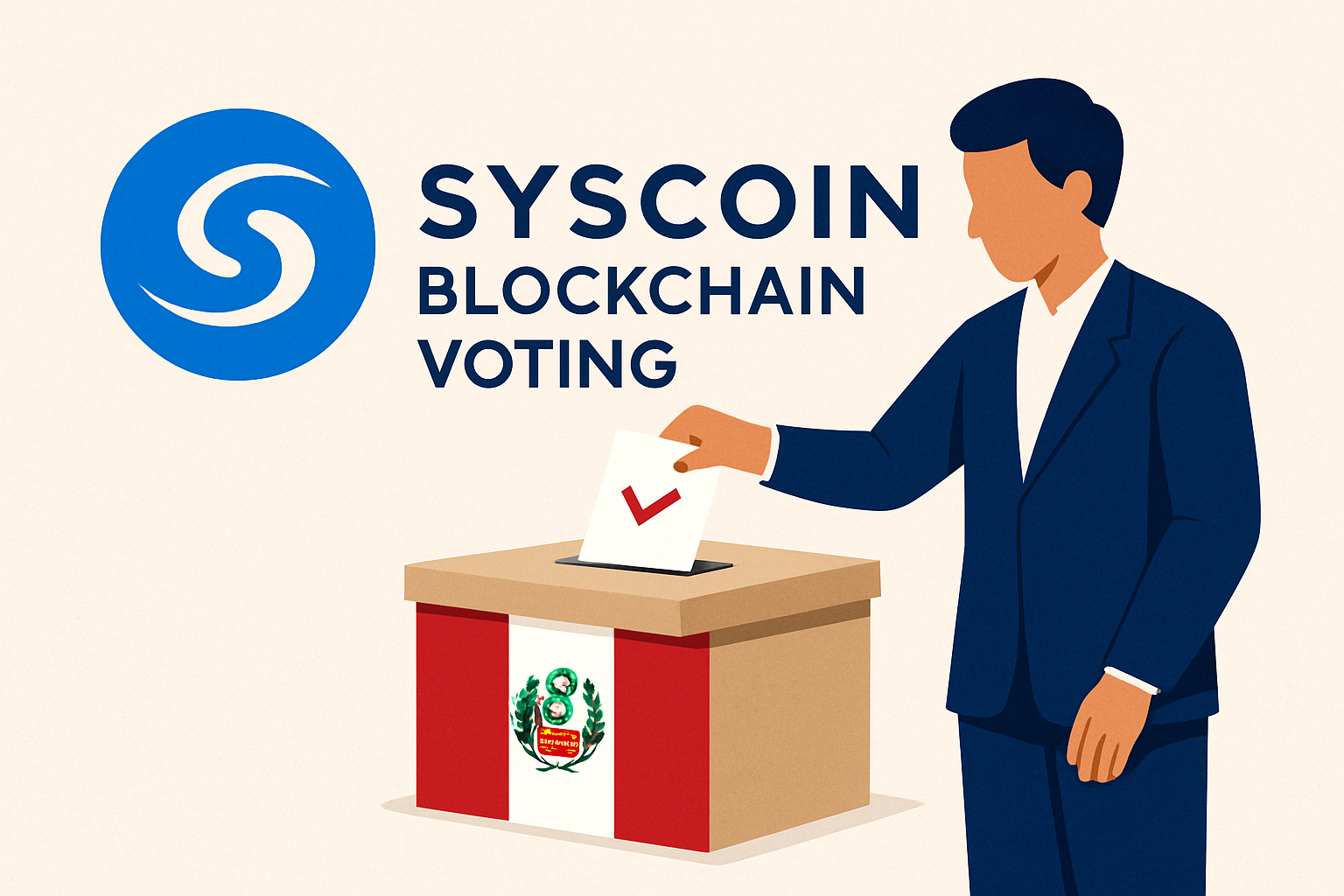
1. Enhanced Security and Transparency: Peru’s use of the Syscoin blockchain demonstrates how decentralized ledgers can make election results tamper-resistant and auditable, strengthening trust in outcomes.
-
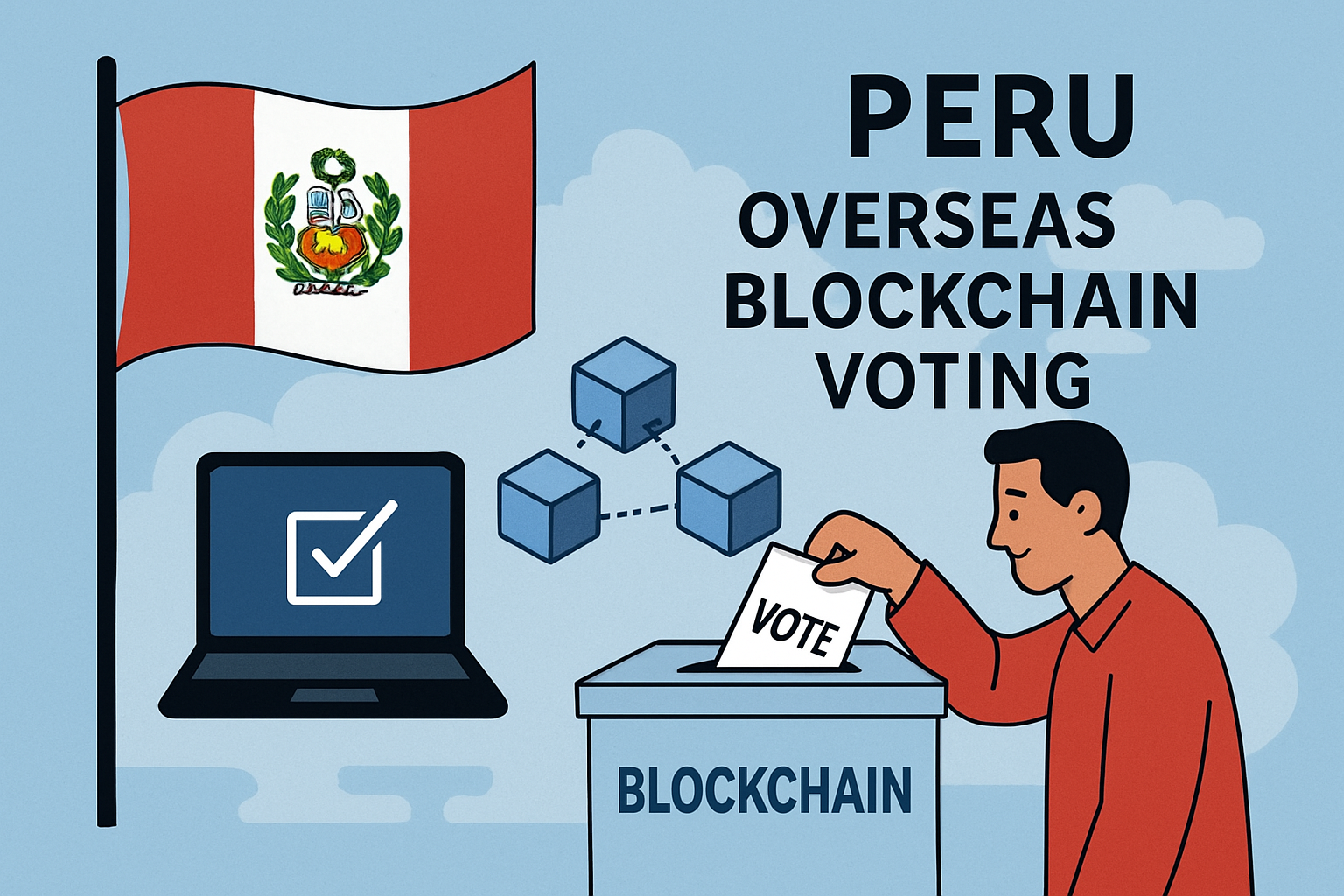
2. Increased Accessibility for Overseas Voters: The pilot, enabled by Bill No. 9689, shows that blockchain voting can overcome logistical barriers, allowing citizens abroad to participate securely via digital devices.
-
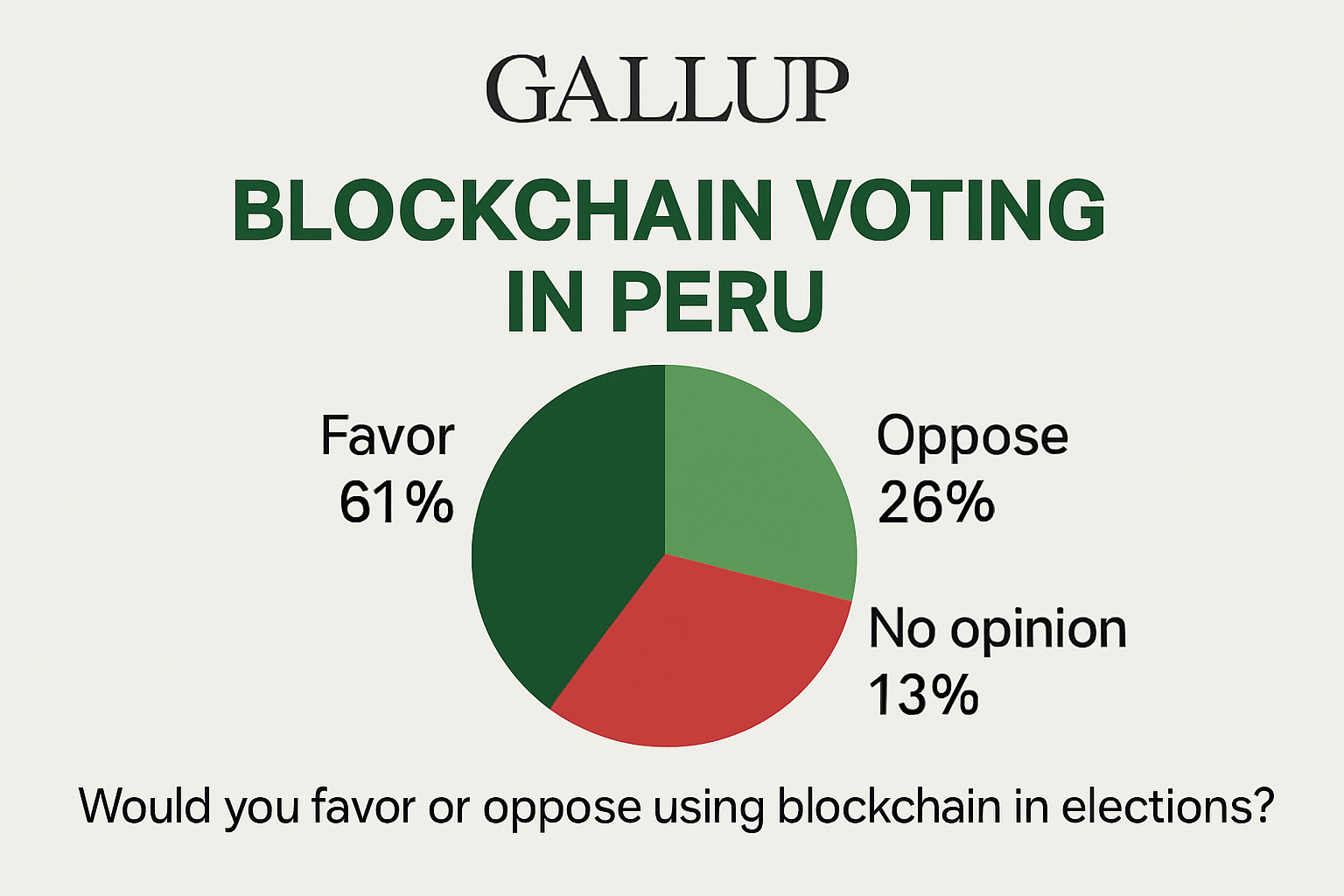
3. Boosted Voter Confidence: According to a 2025 Gallup survey, 78% of pilot participants felt their votes were securely and accurately counted, indicating that transparent technology can improve public trust in elections.
-
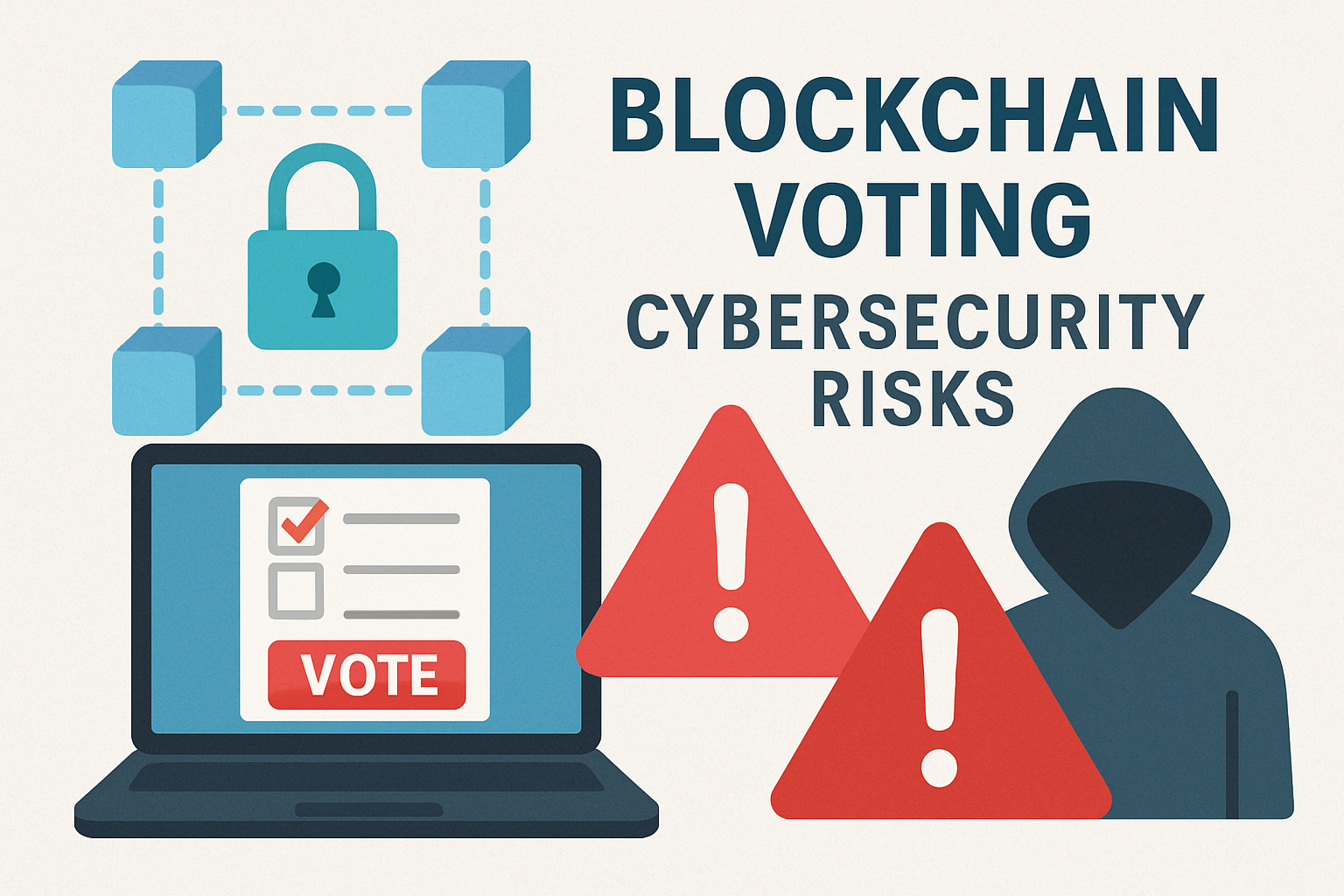
4. Real-World Challenges Remain: Experts highlight ongoing concerns about cybersecurity and the risk of undetectable manipulation, underscoring the need for robust safeguards and independent audits.
-
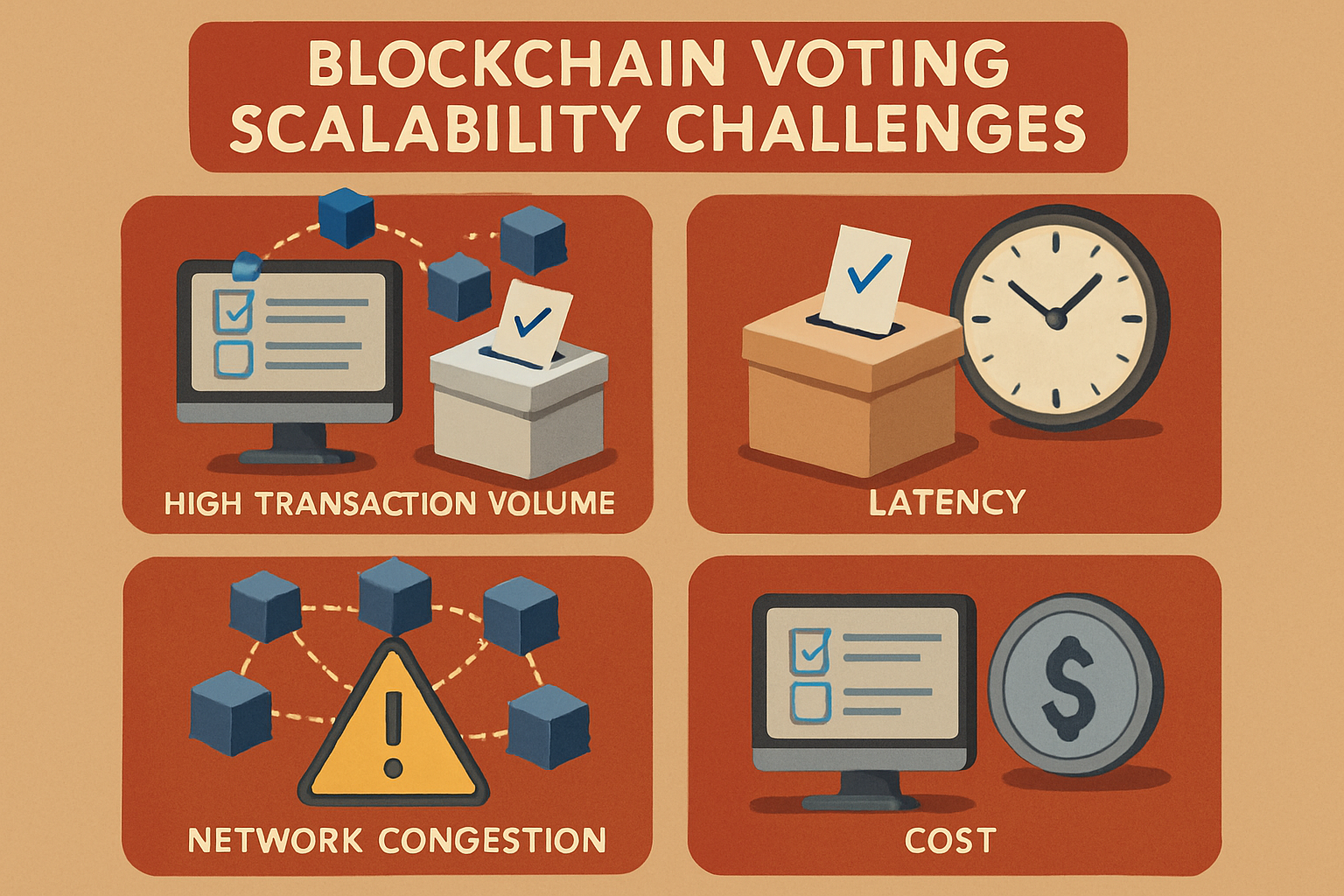
5. Scalability and Complexity Issues: The pilot reveals that while blockchain can increase resilience, its decentralized structure introduces technical and governance challenges that must be addressed before large-scale adoption.
Transparency is the recurring theme. With every vote immutably recorded and independently auditable, the Syscoin platform offers a new level of trust in electoral outcomes. This could be a game-changer for nations seeking to combat both internal and external threats to democratic legitimacy.
Still, technology alone won’t solve all challenges. Legal frameworks, public education, and robust cybersecurity protocols must evolve in tandem. Peru’s experiment highlights the need for a holistic approach, blending innovative tech with inclusive policy and strong oversight.
Looking Ahead: Will Blockchain Voting Go Mainstream?
If Peru’s pilot delivers on its promise, it could accelerate the global adoption of blockchain election security solutions. Already, countries like Estonia and Switzerland have explored digital voting, but Peru’s national-scale, blockchain-backed approach is a leap forward in ambition and transparency.
For crypto enthusiasts, prediction market traders, and advocates of open governance, Peru’s blockchain voting pilot is more than a local story, it’s a global signal. The coming years will reveal whether this model can be replicated, refined, and trusted at scale. For now, Peru stands as a living case study in how blockchain could reshape the future of democracy.
For a deeper dive into how Peru’s blockchain voting pilot is setting a new standard for election security, check out our detailed analysis here.

